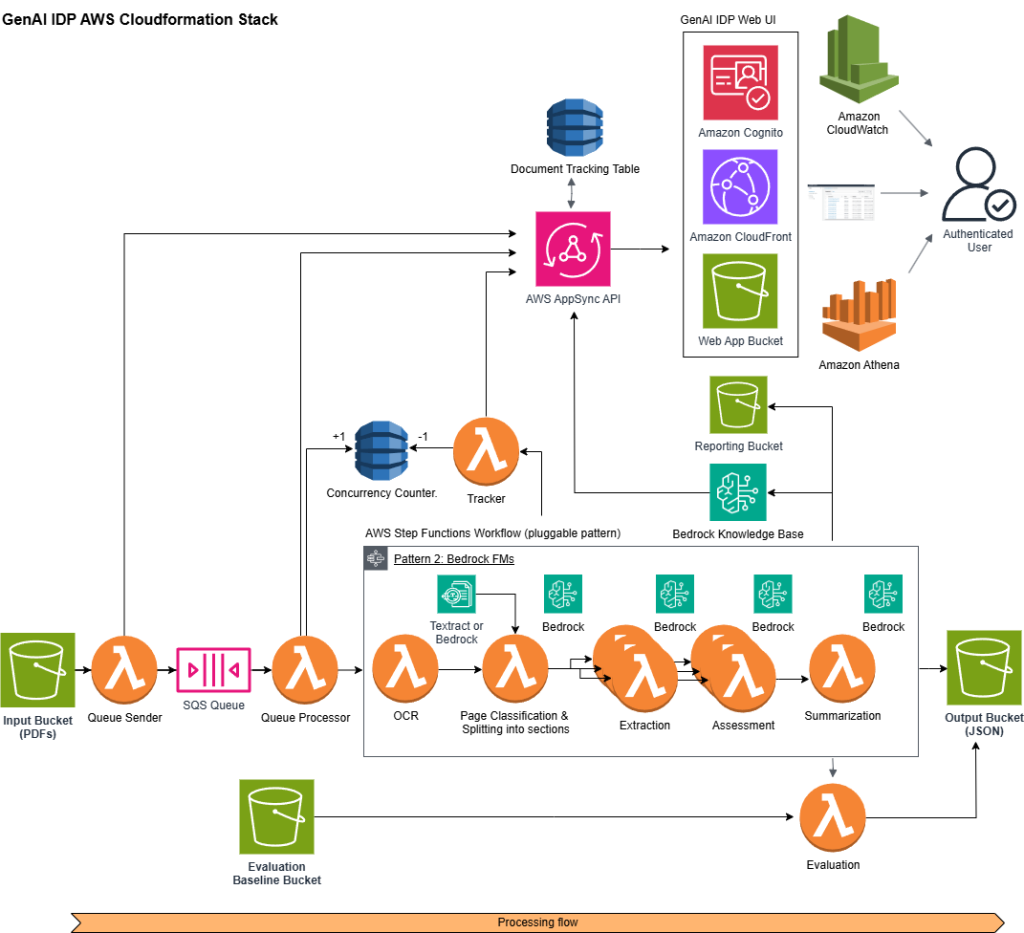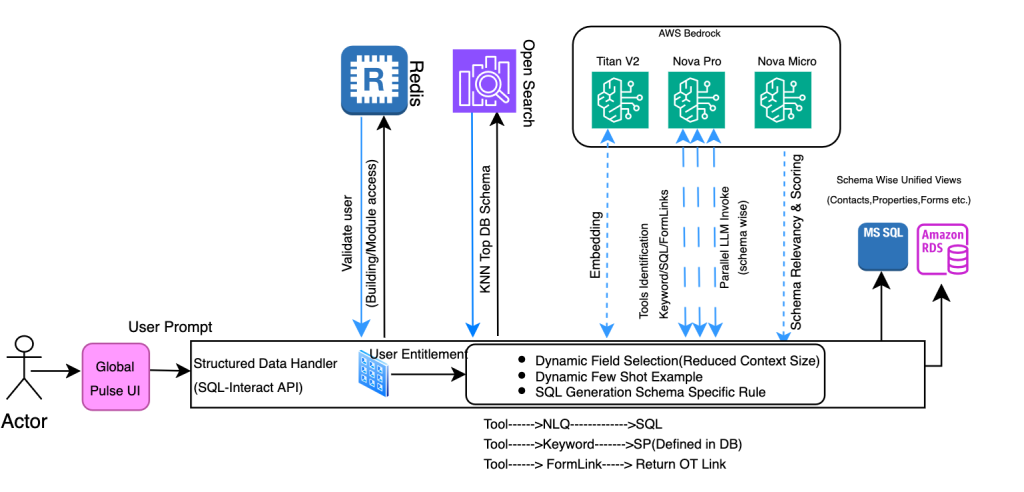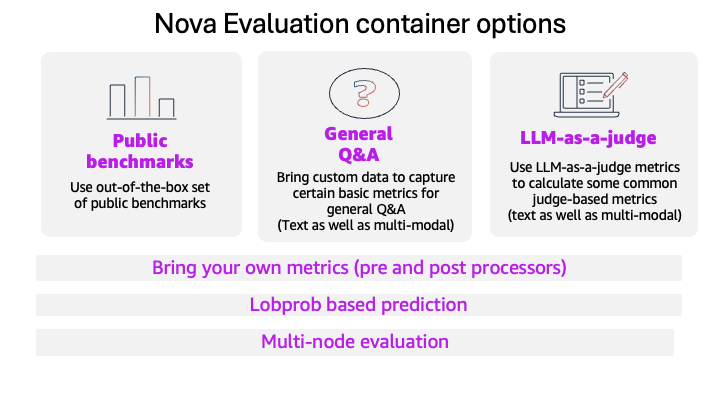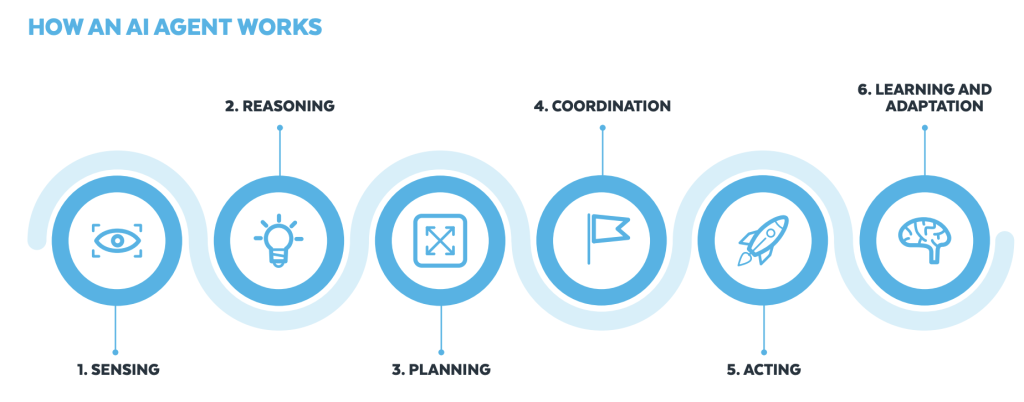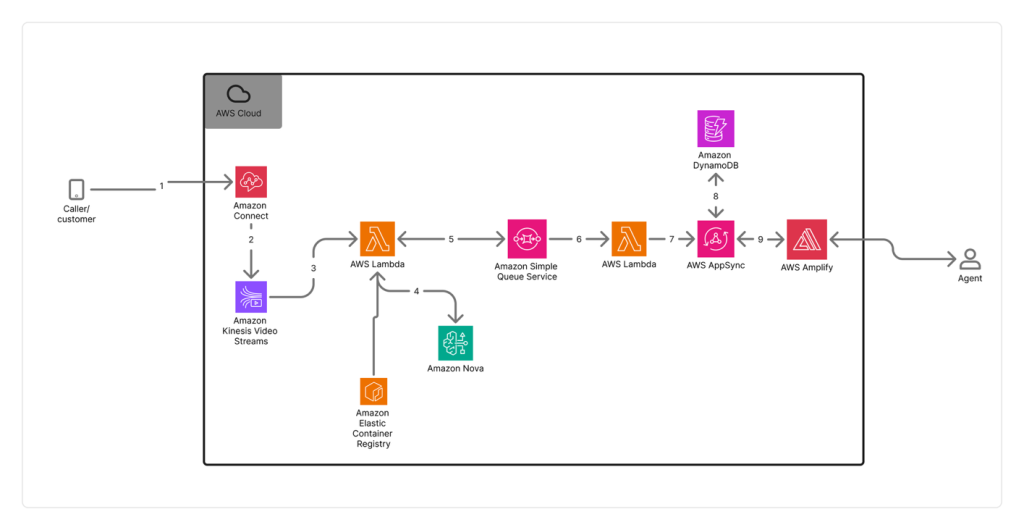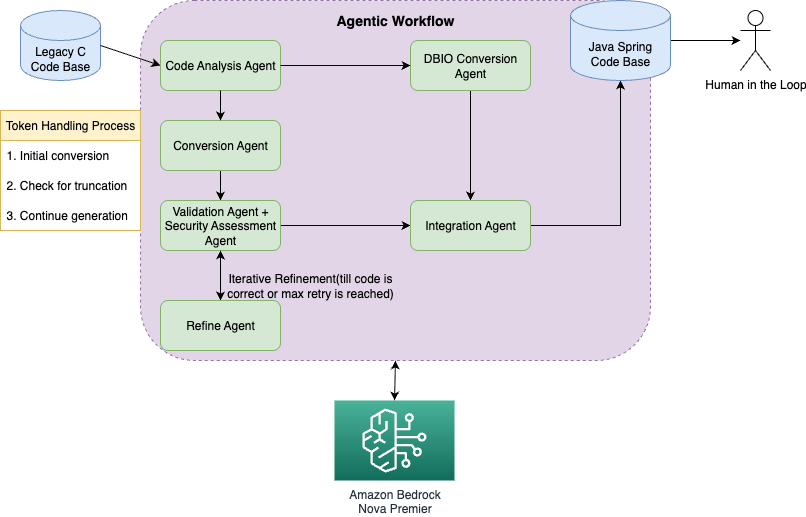Artificial Intelligence
Category: Amazon Nova
How Myriad Genetics achieved fast, accurate, and cost-efficient document processing using the AWS open-source Generative AI Intelligent Document Processing Accelerator
In this post, we explore how Myriad Genetics partnered with the AWS Generative AI Innovation Center to transform their healthcare document processing pipeline using Amazon Bedrock and Amazon Nova foundation models, achieving 98% classification accuracy while reducing costs by 77% and processing time by 80%. We detail the technical implementation using AWS’s open-source GenAI Intelligent Document Processing Accelerator, the optimization strategies for document classification and key information extraction, and the measurable business impact on Myriad’s prior authorization workflows.
How CBRE powers unified property management search and digital assistant using Amazon Bedrock
In this post, CBRE and AWS demonstrate how they transformed property management by building a unified search and digital assistant using Amazon Bedrock, enabling professionals to access millions of documents and multiple databases through natural language queries. The solution combines Amazon Nova Pro for SQL generation and Claude Haiku for document interactions, achieving a 67% reduction in processing time while maintaining enterprise-grade security across more than eight million documents.
Building AI-Powered Voice Applications: Amazon Nova Sonic Telephony Integration Guide
Available through the Amazon Bedrock bidirectional streaming API, Amazon Nova Sonic can connect to your business data and external tools and can be integrated directly with telephony systems. This post will introduce sample implementations for the most common telephony scenarios.
Evaluate models with the Amazon Nova evaluation container using Amazon SageMaker AI
This blog post introduces the new Amazon Nova model evaluation features in Amazon SageMaker AI. This release adds custom metrics support, LLM-based preference testing, log probability capture, metadata analysis, and multi-node scaling for large evaluations.
Build an agentic solution with Amazon Nova, Snowflake, and LangGraph
In this post, we cover how you can use tools from Snowflake AI Data Cloud and Amazon Web Services (AWS) to build generative AI solutions that organizations can use to make data-driven decisions, increase operational efficiency, and ultimately gain a competitive edge.
Make your web apps hands-free with Amazon Nova Sonic
Graphical user interfaces have carried the torch for decades, but today’s users increasingly expect to talk to their applications. In this post we show how we added a true voice-first experience to a reference application—the Smart Todo App—turning routine task management into a fluid, hands-free conversation.
Multi-Agent collaboration patterns with Strands Agents and Amazon Nova
In this post, we explore four key collaboration patterns for multi-agent, multimodal AI systems – Agents as Tools, Swarms Agents, Agent Graphs, and Agent Workflows – and discuss when and how to apply each using the open-source AWS Strands Agents SDK with Amazon Nova models.
How Switchboard, MD automates real-time call transcription in clinical contact centers with Amazon Nova Sonic
In this post, we examine the specific challenges Switchboard, MD faced with scaling transcription accuracy and cost-effectiveness in clinical environments, their evaluation process for selecting the right transcription solution, and the technical architecture they implemented using Amazon Connect and Amazon Kinesis Video Streams. This post details the impressive results achieved and demonstrates how they were able to use this foundation to automate EMR matching and give healthcare staff more time to focus on patient care.
Generate Gremlin queries using Amazon Bedrock models
In this post, we explore an innovative approach that converts natural language to Gremlin queries using Amazon Bedrock models such as Amazon Nova Pro, helping business analysts and data scientists access graph databases without requiring deep technical expertise. The methodology involves three key steps: extracting graph knowledge, structuring the graph similar to text-to-SQL processing, and generating executable Gremlin queries through an iterative refinement process that achieved 74.17% overall accuracy in testing.
Streamline code migration using Amazon Nova Premier with an agentic workflow
In this post, we demonstrate how Amazon Nova Premier with Amazon Bedrock can systematically migrate legacy C code to modern Java/Spring applications using an intelligent agentic workflow that breaks down complex conversions into specialized agent roles. The solution reduces migration time and costs while improving code quality through automated validation, security assessment, and iterative refinement processes that handle even large codebases exceeding token limitations.
